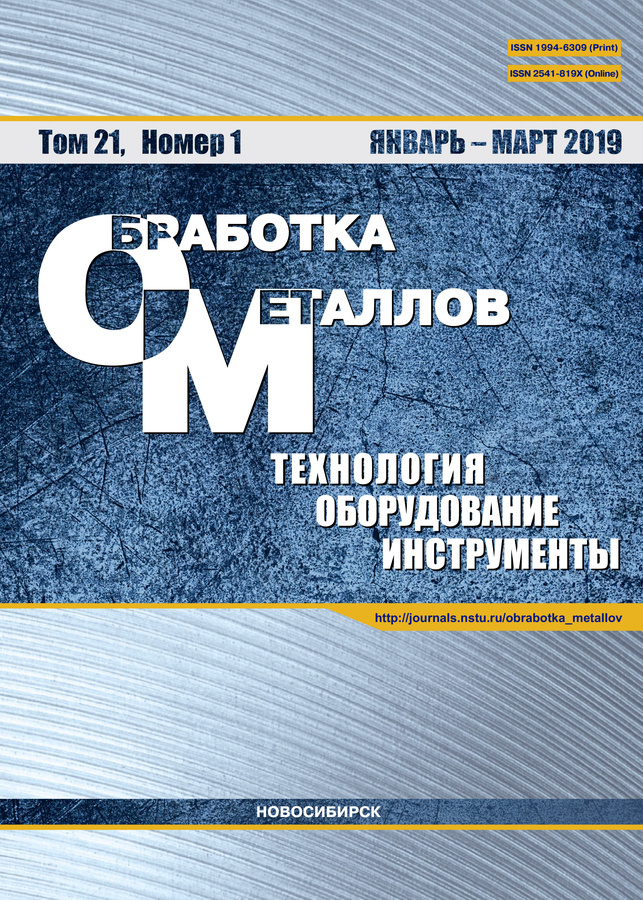Purpose. The use of diamond grinding wheels on a metal bond for grinding high-speed steels is recommended by most literature sources using electrophysical, electrochemical, or combined processing methods. At the same time, it is recommended to limit the field of application to the final circular grinding, due to the appearance of a defective layer on the processed surface. Its signal features include systematic chips along the cutting edge and microchips on the front surface of the samples, the size of carbide particles, individual craters or holes in the front surface, a decrease in hardness and an increase in the height of asperity profile. This paper is devoted to the determination of such technological regimes of the combined electric diamond processing of tools made of high-speed steel M2, when grinding, on which there would be no signal signs of the defect layer. The solution to this problem will allow expanding the scope of application of diamond grinding wheels on a metal bond when processing tool steels. The subject of research is the condition of the surface and cutting edge of high-speed plates of metal-cutting tools, depending on the technological modes of the combined electric diamond grinding (CEDG). The purpose of the work is to study the influence of the technological modes of CEDG on the nature of changes to the surface layer of high-speed steel tools. Materials and methods. The grinding operation is carried out on a universal sharpening machine, model 3D642E, modernized under the technology of CEDG. The following grinding diamond cup on a metal bond is used: AC6 80/63 M1 100%. The electrical parameters, studied in this range, are: ipr = 0.17…0.25 A/cm2; itr = 3.125…9.375 A/cm2, respectively. Mechanical parameters, studied in this range, are: V = 17…35 m/s; t = 0.01…0.03 mm/doub.st; S = 1.5 m/min. Grinding is performed using standard electrolyte: NaNO3 – 3 %, NaNO2 – 1 %, Na2CO3 – 0.5 %, and the rest is water. Microstructural studies are performed on microsections of the samples after etching. The surface quality is studied using scanning electron microscopy (Carl Zeiss EVO50 XVP); light microscopy (METAM LV-42); roughness is determined using a profilograph-profilometer (Abris-PM7); HRC hardness is determined using a hardness tester (600 MRD). Results and discussion. It has been established that the best combination of technological modes, which guarantee the absence of signal signs of a defective layer and the high quality of metal-cutting tools made of high-speed steel is maintained, are the following: V = 35 m/s; S = 1.5 m/min; t = 0.02 mm/doub.st; ipr = 0.25 A/cm2; itr = 6.25 A/cm2. It is found that when processing in the recommended modes, the cutting edge is even with shallow notches, the size of carbide particles is, on average, 2…5 μm. The established modes make it possible to obtain a roughness of the front surface Ra = 0.070 μm. It is found that the obtained hardness is 6 % higher than the initial hardness and is 67…70 HRC.
 6-15
6-15


 16-24
16-24


 25-34
25-34


 35-49
35-49


 50-60
50-60


 61-69
61-69


 70-81
70-81


 82-92
82-92


 93-107
93-107


 108-121
108-121







